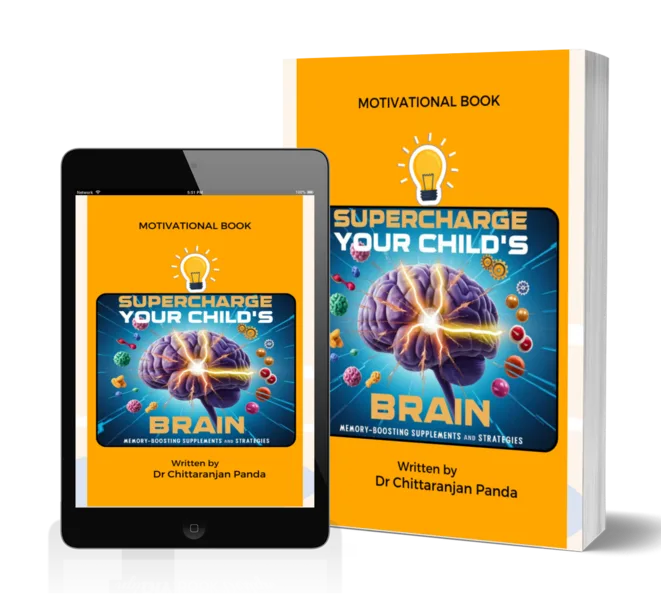Introduction
Dyscalculia, a specific learning disorder affecting mathematical ability, remains a largely misunderstood condition despite its significant impact on those affected. Classified in the DSM-5, this disorder typically emerges in childhood and affects an estimated 3-7% of the global population. Yet, it often goes undiagnosed and under-recognized.
Unlike its more widely known counterpart, dyslexia, dyscalculia continues to be shrouded in mystery. It affects not only basic arithmetic skills but also impacts various aspects of daily life, from time management to following sequential instructions. The disorder’s complexity is compounded by its frequent co-occurrence with other conditions, including anxiety, depression, and ADHD.
Dyscalculia, a disorder affecting number comprehension, remains largely misunderstood. Despite impacting numerical processing, dyscalculia is still not well recognized or understood.
Developmental dyscalculia affects an estimated 3-7% of people worldwide, yet frequently remains undetected. While knowledge about this disorder is limited, its existence and impact are undeniable. The condition, though not widely recognized, has significant real-world effects on those who have it.
The American Psychiatric Association’s DSM-5 categorizes dyscalculia as a specific learning disorder. Usually emerging during childhood, it impacts an individual’s comprehension of mathematical and numerical concepts. This occurs because the brain processes math-related information differently than in those without the condition. However, this difference in processing does not reflect on overall intelligence.

Unanswered Questions about its Causes and Treatment
Despite its recognition in the DSM-5 as a legitimate disorder, dyscalculia remains understudied, leaving gaps in our understanding of its origins and effective interventions. One common challenge for individuals with dyscalculia involves transitive inference – the ability to logically deduce relationships between items. For example, they may struggle to conclude that if A exceeds B in size, and B exceeds C, then A must be larger than C.
Individuals with dyscalculia often face challenges beyond basic math. These may include difficulties with time management, directional orientation, and following step-by-step instructions. As a result, tasks like driving, cooking from recipes, or learning choreographed dance moves can be problematic. Additionally, they might struggle to arrange common daily events in their correct sequence.
Dyscalculia frequently coexists with other conditions. These include mental health issues like anxiety, panic disorders, and depression, as well as neurodevelopmental differences such as ADHD, sensory processing disorder, autism, and dyslexia. While dyslexia – a reading difficulty also categorized as a specific learning disorder – is more widely recognized and understood, dyscalculia remains comparatively enigmatic and less known to the public.

Manifestations of Dyscalculia
The origins and manifestations of dyscalculia are diverse, with no single cause or symptom set identified. Research into this condition has produced inconsistent findings. Scientists note that studies on dyscalculia significantly trail behind those on dyslexia. This gap is attributed to several factors: limited public awareness, insufficient funding, and a tendency to prioritize reading skills over advanced mathematical abilities in educational and research contexts.
Math’s inherent complexity adds to the challenge of understanding dyscalculia. Reading is typically mastered relatively quickly, often within months. In contrast, mathematical proficiency develops over a much longer period. Math skills are hierarchical, with advanced concepts like multiplication and division relying on foundational skills such as addition and subtraction. This layered structure results in math having significantly more distinct skill levels than reading, contributing to the difficulty in studying and comprehending dyscalculia.
A major point of contention among researchers in the field of dyscalculia centers on its fundamental cause. The debate focuses on two main theories: one suggests that dyscalculia stems from an inherent difficulty in estimating quantities, while the other proposes it results from an inability to recognize and associate numerical symbols with their corresponding amounts. This disagreement highlights the ongoing uncertainty surrounding the disorder’s core nature.
Researchers are optimistic that dyscalculia’s complexities will be unraveled in time. However, they stress two crucial prerequisites for progress: establishing a universally accepted definition of the disorder and conducting more extensive studies with larger participant groups.